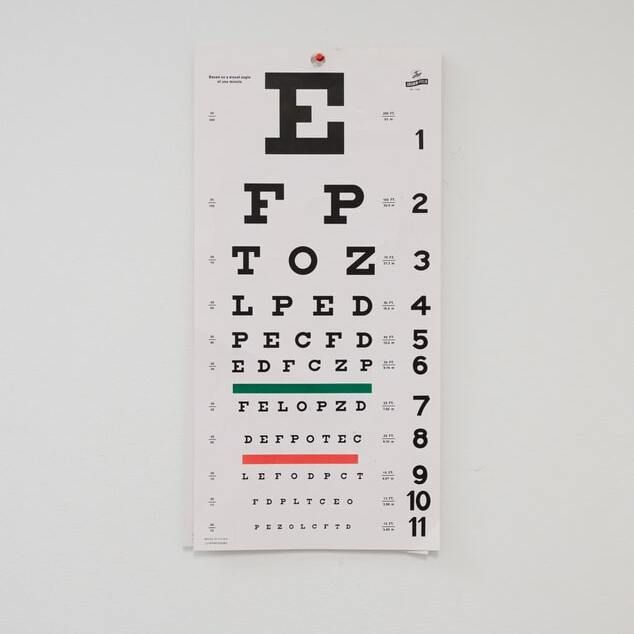Ranibizumab Associated with Improved Choroid Flow in DME
A recent study presented at AAO 2020 reports that increased choroid vascular flow was noted in both small and large vessels in patients with non-vitrectomized eyes.

According to a study presented at the American College of Ophthalmology (AAO) 2020 Virtual Conference, intravitreal treatment of ranibizumab for diabetic macular edema (DME) was associated with improved choroid vascular flow in nonvitrectomized eyes.
Growing evidence has shown there to be choroidal dysfunction in patients with diabetes. Furthermore, other studies have demonstrated the presence of ranibizumab, an anti-VEGF treatment, in the choroid following intravitreal injection.
Therefore, a team led by Joao Heitor Marques, MD, General Ophthalmologist at Hospital Geral de Santo António, conducted a prospective longitudinal study in order to observe the effect of ranibizumab on choroidal vascularity changes for patients with diabetic macular edema. Further, they were particularly interested in the outcomes between vitrectomized and non-vitrectomized eyes.
“This was the first time to our knowledge that someone observed during anti-VEGF treatment [to see] what happens to the choroids,” Marques told HCPLive® in an interview.
The team excluded from their analysis patients with ocular surgeries, treatment with photocoagulation, or intravitreal injections in the previous 6 months.
Overall, they assessed a total of 34 eyes from 31 patients beginning their treatment of ranibizumab. Patients were divided 2:1 into vitrectomized and non-vitrectomized eyes cohorts, respectively.
All patients received an as-needed intravitreal injections of ranibizumab and were assessed at monthly visits for 6 months. Thus, the median number of injection was 6.0 (range, 2-6).
Using structural OCT angiography, Marques and colleagues then analyzed retinal thickness and choroidal vascular index. Additionally, choriocapillaris flow density was assessed from OCT angiography.
Overall, they observed a reduction in retinal thickness in both cohorts from baseline to month 6 (P<.04).
However, they found no significant changes in choriocapillaris flow density and choroidal vascular index in the victrectomized eyes cohort
On the contrary, for the non-victrectomized cohort, choriocapillaris flow density increased from 37.0% to 41.0% (P = .039). Furthermore, choroidal vascular index increased from 62.9% to 64.9% (P - .074).
Increased choroidal vascular flow was noted in both small and large vessels.
And finally, they reported that baseline choroidal vascular index was associated with visual acuity at month 6 (r = 0.520; P = .013). However, this was not the case for choriocapillaris flow density.
“I think this is good news for the use of anti-VEGFs,” Marques said. “But, of course, this is a very pilot study, and we need to dig more into the choroid and see what actually happens.”
He continued with an brief acknowledgement of the latest technologies that will allow further elucidation of these preliminary findings.